23 Types of cement that are available and used in India.
Important Point
- Ordinary Portland Cement 33 Grade
- Ordinary Portland Cement 43 Grade
- Ordinary Portland Cement 53 Grade
- Portland Slag Cement
- Portland Pozzolana Cement
- Coloured Cement/White Cement
- Sulphate Resisting Cement
- Low Heat Portland Cement
- Rapid Hardening Cement
- Hydrophobic Portland Cement
- Extra Rapid Hardening Cement
- Quick Setting Cement
- Super Sulphated Cement
- Portland Pozzolana Cement (Fly ash based)
- Portland Pozzolana Cement (Calcined based)
- Air Entraining Cement
- Masonry Cement
- Expansive Cement
- Oil Well Cement
- Rediset Cement
- Concrete Sleeper Grade Cement
- High Alumina Cement
- Very High Strength Cement
1. Ordinary Portland Cement 33 Grade
Application/Use:
- Used up to M20 Grade of Concrete
- Used in Plastering, Flooring, masonry.
Features: Low Compressive Strength Low Heat of Hydration leads to lesser cracks
Reference Indian Standard: IS:269
Remarks: The availability of higher grades of OPC in the market impacts the usage of 33 grade OPC as these days, 43/53 grade OPC is normally used for general construction work. Availability in the market is low.
2. Ordinary Portland Cement 43 Grade
Application/Use:
Features: 43 Grade cement attains minimum compression strength of 43 mpa (Mega pascals) at 28 days.
Reference Indian Standard: IS:8112
Remarks: Easily available in the market and largely used in the construction industry.
Also, read: What Is Rolling Margin | The Procedure of Rolling Margin
3. Ordinary Portland Cement 53 Grade
Application/Use:
- Widely used general-purpose cement
- For concrete grade higher than M-30, PSC works, bridge, roads, multi-storied buildings et
Features: 53 Grade cement attains minimum compression strength of 53 mpa (Mega-pascals) at 28 days.
Reference Indian Standard: IS:12269
Remarks: Easily available in the market and largely used in the construction industry.
4. Portland Slag Cement
Application/Use:
- Exposed to harsh environments, such as wastewater treatment and marine applications
- High-strength concrete, such as high-rise structures or 100-year service life bridges
Features: It works synergistically with portland cement to increase strength, reduce permeability, improve resistance to chemical attack, and inhibit rebar corrosion.
Reference Indian Standard: IS:455
Remarks: Available in the selected market place
Also, read: What Is Development length | What Is Development Length of Bars
5. Portland Pozzolana Cement
Application/Use:
- Hydraulic structures like dams, & retaining walls
- Marine structures
- Mass concrete works- like bridge footings under aggressive conditions
- Masonry mortar and plastering
Features:
- The Portland Pozzolana Cement makes concrete more impermeable and denser as compared to Ordinary Portland Cement.
- The long-term strength (90 days and above) of Pozzolana cement is better compared to OPC.
Reference Indian Standard: IS:1489 P-2
Remarks: Easily available in the market.
6.Coloured Cement/White Cement
Application/Use:
It is used for architectural beauty, interior and exterior decorations such as terrazzo tiles and floorings, ornamental concrete products such as idols
Features:
- As the name indicates, it is white in color.
- Chemical composition and physical properties meet the specification of ordinary portland cement.
Reference Indian Standard: IS:8042
Remarks: Easily available but expensive than OPC.
Also, read: IS 516:1959 Most Important Point (Method of Tests For Strength of Concrete)
7. Sulphate Resisting Cement
Application/Use:
The use of Sulphate Resisting Portland Cement is recommended in places where the concrete is in contact with the soil, ground-water, exposed to the seacoast, and seawater
Features:
This Cement will get into premature hydration if kept in a wet place
Reference Indian Standard: IS:12330
Remarks: Cement is usually not available in the market on a regular basis and expensive than OPC.
8. Low Heat Portland Cement
Application/Use:
Suited for making concrete for dams and water retaining structures, bridge abutments, massive retaining walls, piers, and slabs, etc.
Features:
Evolves less heat than OPC Avoids shrinkage cracks
Reference Indian Standard: IS:12600
Remarks: Cement is usually not available in the market on a regular basis and can be obtained on specific orders.
9. Rapid Hardening Cement
Application/Use:
- Used in Repairs
- Used where the speed of construction is required
Features:
- It’s setting time is less than ordinary portland cement
- It acquires early strength.
Reference Indian Standard: IS:8041
Remarks: Cement is usually not available in the market on, regular basis and expensive than OPC.
10. Hydrophobic Portland Cement
Application/Use:
- These cement are used in the construction of dams, spillways, under-water constructions.
- It can also be used in cold weather conditions.
Features: In the initial stage, the setting of hydrophobic cement is slow because of the admixtures in cement, But the strength after 28 days when compared to that of ordinary cement is the same.
Reference Indian Standard: IS:8043
Remarks: Cement is usually not available in the market on a regular basis and expensive than OPC.
11. Extra Rapid Hardening Cement
Application/Use:
- It is used where formwork has to be removed as early as possible in order to reuse it.
- It is used where high early strength is required.
- It is generally used for constructing road pavements, where it is important to open the road to traffic quickly.
Features: The one-day strength of this cement is equal to the three-day strength of OPC with the same water-cement ratio.
Reference Indian Standard: –
Remarks: Cement is usually not available in the market on a regular basis and expensive than OPC.
12. Quick Setting Cement
Application/Use:
- It is used in under-water construction.
- It is also used in rainy & cold weather conditions.
- Where quick strength is needed in a short span of time
Features:
- This product has the unique characteristic of being able to be sculpted and molded as it sets.
- The set time for this product is 10-15 minutes.
Reference Indian Standard:
Remarks: Cement is usually not available in the market on a regular basis and expensive than OPC.
Also, read: What Is a Field Dry Density Test | Different Type of Field Density Tests
13. Super Sulphated Cement
Application/Use:
- The foundations where the chemically aggressive condition exists
- Used In marine works
- RCC pipes used in sulfate bearing soils.
Features:
- The heat of hydration is very lower
- It is resistant to sulfate attack
Reference Indian Standard: IS:6909
Remarks:
14. Portland Pozzolana Cement (Fly ash based)
Application/Use:
- Used in Plastering, Flooring, grouting of cable ducts in PSC works, etc.
- Usually, a place where low compressive strength concrete can use.
Features: Fly ash based blended cement has the properties as which required for the cement to be called blended cement.
Reference Indian Standard: IS:1489 P-1
Remarks: Cement is usually not available in the market on a regular basis and can be obtained on specific orders.
Also, read: Difference Between Carpet Area and Built-up Area
15. Portland Pozzolana Cement (Calcined based)
Application/Use:
- Used in Plastering, Flooring, grouting of cable ducts in PSC works, etc.
- Usually, a place where low compressive strength concrete can use.
Features: Calcined based blended cement has the properties as which required for the cement to be called blended cement.
Reference Indian Standard: IS:1489 P-2
Remarks: Cement is usually not available in the market on a regular basis and can be obtained on specific orders.
16. Air Entraining Cement
Application/Use: It is used for lining walls and roofs for heat and sound insulation purposes.
Features:
- It forms microscopic air bubbles during the mixture.
- It decreases the strength of concrete.
Reference Indian Standard:
Remarks: Cement is usually not available in the market on a regular basis, and it is very expensive.
Also, read: Curing In Construction | Concrete Cure Time | Methods of curing
17. Masonry Cement
Application/Use: The masonry mortar is often used in brick, concrete block, and stone masonry construction, also used to produce stone plaster.
Features: It creates better bonding between bricks or concrete blocks.
Reference Indian Standard: IS:3466
Remarks: Cement is usually not available in the market on a regular basis and can be obtained on specific orders.
18. Expansive Cement
Application/Use:
- Grouting anchor bolts.
- Grouting machine foundation
Features: Shrinkage of cement occurs after mixing.
Reference Indian Standard:
Remarks: Cement is usually not available in the market on a regular basis and can be obtained on specific orders.
Also, read: What Is Glass Fiber Reinforced Gypsum | Applications of GFRG | Disadvantages of The GFRG Panel
19. Oil Well Cement
Application/Use: Oil-well cement is used for cementing work in the drilling of oil wells where they are subject to high temperatures and pressures.
Features: There is no chemical effect that occurs on cement due to oils in an oil well.
Reference Indian Standard: IS:8229
Remarks: Cement is usually not available in the market on a regular basis and expensive than OPC.
20. Rediset Cement
Application/Use:
- Very high- Early strength concrete and mortar
- Emergency Repairs.
- Construction between tides.
- Palletisation of Iron ore dust.
Features:
- The sulfate resistance of the cement is poor.
- The rate of shrinkage is fast, but the total shrinkage is similar to that of ordinary PCC.
Reference Indian Standard:
Remarks: Cement is usually not available in the market on a regular basis and can be obtained on specific orders.
Also, read: Testing for Silt Content in Sand
21. Concrete Sleeper Grade Cement
Application/Use: In prestressed concrete railway sleepers
Features: It provides good tensile strength to concrete.
Reference Indian Standard: IRS-R 40
Remarks: Cement is usually not available in the market on a regular basis and can be obtained on specific orders. and usually used in railways for sleeper manufacture
22. High Alumina Cement
Application/Use: It is used in cold water and under sea-water.
Features: It develops 80% ultimate strength in 24 hours.
Reference Indian Standard: IS:6452
Remarks: Cement is usually not available in the market on a regular basis and expensive than OPC.
23. Very High Strength Cement
Application/Use: It is used to construct important buildings and infrastructure.
Features: It has high compressive strength than ordinary portland cement.
Reference Indian Standard:
Remarks: Cement is usually not available in the market on a regular basis and expensive than OPC.
Like this post? Share it with your friends!
Suggested Read –
- Initial Setting Time of Ppc Cement
- What Is SBC of Soil? | Safe Bearing Capacity of Soil
- What Is Bleeding In Concrete | What Is Segregation In Concrete
- Difference Between One Way Slab and Two Way Slab | What is Slab
- What Is Drip Irrigation| Drip Irrigation Advantages | Types of Irrigation | Drip Irrigation System
- Abrasion Test | Test to Determine the Abrasion Value | Abrasion Test Principle | Important of Abrasion Test
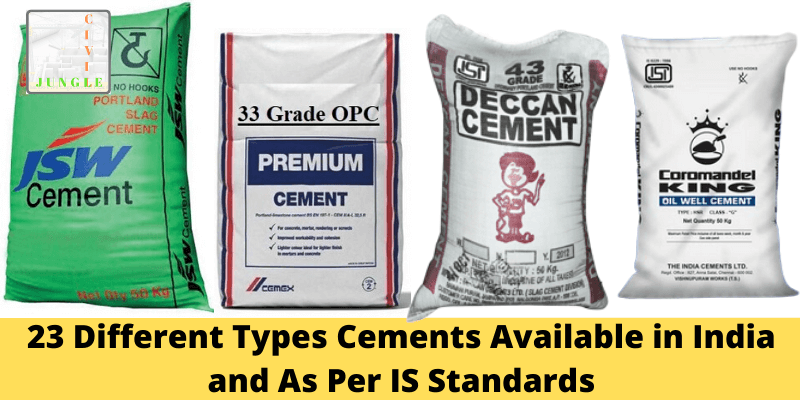
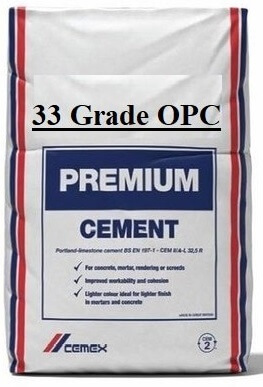


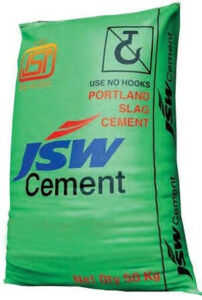


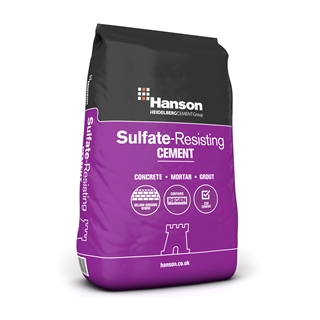

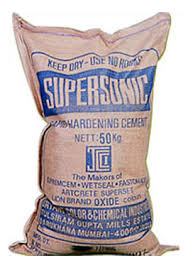
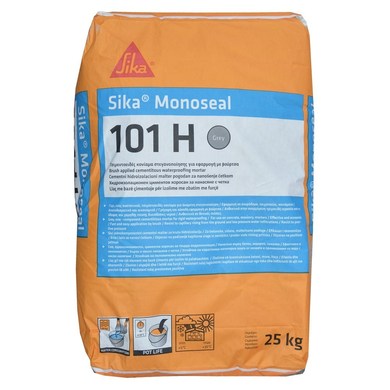
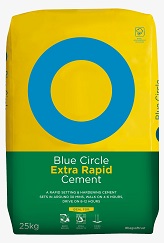
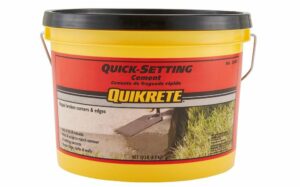
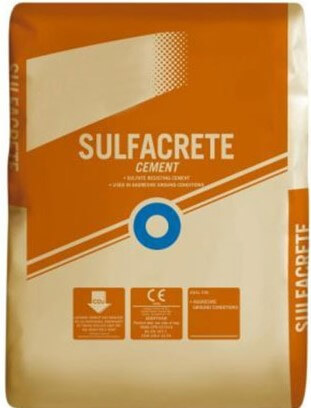
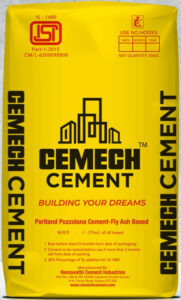
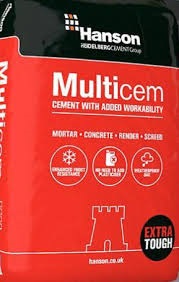
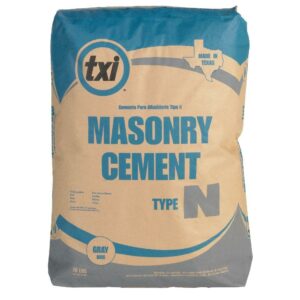
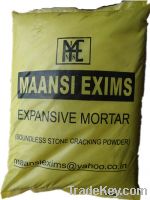
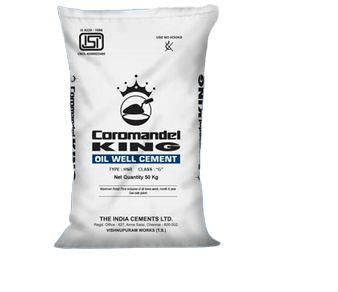

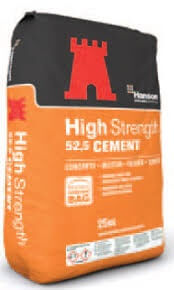

Very nice post. I just stumble upon yiur blog and waned to
say that I’ve truly enjoyed surfing around
your blog posts. In any case I will be subscribing to youhr feed
and I hope yyou write again very soon!
Hello, I enjoy reading all of your articles. I like to write a little comment to support you.
I enjoy reading through your website. Thanks!
What’s up, I wish for to subscribe for this blog to take most recent updates, so where can i
do it please help out.
Hello all, here every person is sharing such know-how, so it’s
pleasant to read this website, and I used to go to see
this website daily.
Nice post. I was checking continuously this blog and I’m impressed!
Very useful information specially the last part 🙂 I care for such info a lot.
I was looking for this particular information for a
long time. Thank you and best of luck.
Wow, amazing blog layout! How long have you been blogging for?
you made blogging look easy. The overall look of your web site is excellent, as well as the content.
Hello there! Would you mind if I share your blog with my twitter group?
There’s a lot of people that I think would really appreciate your content. Please let me know.
Thanks!
Thank you for this very good posts. I was wanting tto kow whether you
were planning of publishing similar posts to this. Keep up writing superb content articles!
Greetings! The very helpful advice in this particular article!
It’s the little changes that make the most important changes.
Many thanks, for sharing!
Wow, amazing blog layout! How long have you been blogging for?
you made blogging look easy. The overall look of your web site is excellent,as well as the content.
Please keep us up to date like this. Thanks for sharing…
I do not even know how I ended up here, but I thought this post was great.
I don’t know who you are but certainly, you are going to a famous
blogger if you are not already 🙂 Cheers!
Hi there to everybody, it’s my first go to see of this webpage; this webpage contains amazing and really excellent data in support of
readers.
Hello to every one, since I am genuinely keen of reading this website’s post to be updated regularly. It carries nice data.
Please keep us up to date like this. Thanks for sharing…
Greetings! The very helpful advice in this particular article!
It’s the little changes. This makes the most important changes.
Many thanks for sharing!
I do not even know how I ended up here, but I thought this post was great. I don’t know who you are, but certainly, you are going to a famous blogger if you are not already 🙂 Cheers!
I do not even know how I ended up here, but I thought this post was great.
I don’t know who you are but certainly you are going tto a famous blogger if
you are noot already 🙂 Cheers!
Wow, this article is nice, my sister is analyzing such things,
so I am going to inform her.
Excellent post. I was checking continuously thiis blog
and I amm impressed! Extremely useful information. I care for
such information a lot. I was looking for this certain information for a very long
time.Thank you and good luck.
Great post! We will bbe inking to this great
post on oour website. Keep upp the great writing.
I got this site from my pal who shared with me concerning this website and noww this
time I am browsing this website aand reading very informative articles or reviews at this place.
Howdy! I could haqve sworn I’ve been to this blog before but after browsing through some of the post I realiized
it’s new to me. Nonetheless, I’m definitely delighted I
found it and I’ll be bookmarking and checking back frequently!
I got this site from my pal who shared with me concerning this websitee and now thi tiome I am browsing
this website and readng very informative articles oor reviews at this place.
Really interesting information, I am sure this post has touched all internet users, itts really realloy pleasant piece of writing on building uup new website.
Very good info. Lucky me I discovered your bloog by accident.
I have book-marked it for later!
Hello, after reading this amazing article i aam as well happy to share my
familiarity here wioth mates!
Pretty! This has been an extremely wonderful post.
Thawnks for providing this info.
Thank you for this very good posts. I was wanting to know whether
you were planning of publishing similar posts to
this. Keep up writing suiperb coontent articles!
Hello all, here every person is sharing such know-how, so it’s pleasant to read
this website, andd I used to go to see this website daily.
Very good info. Lucky mee I discovered your blog by accident.
I have book-marked it for later!
Very good post! We will be linking to this great content on our website.Keep up thee great writing!
It’s not my firdst time to go to see this web page,
i am visiting this web site very often and take good facts from here.
Thanks, Sir.